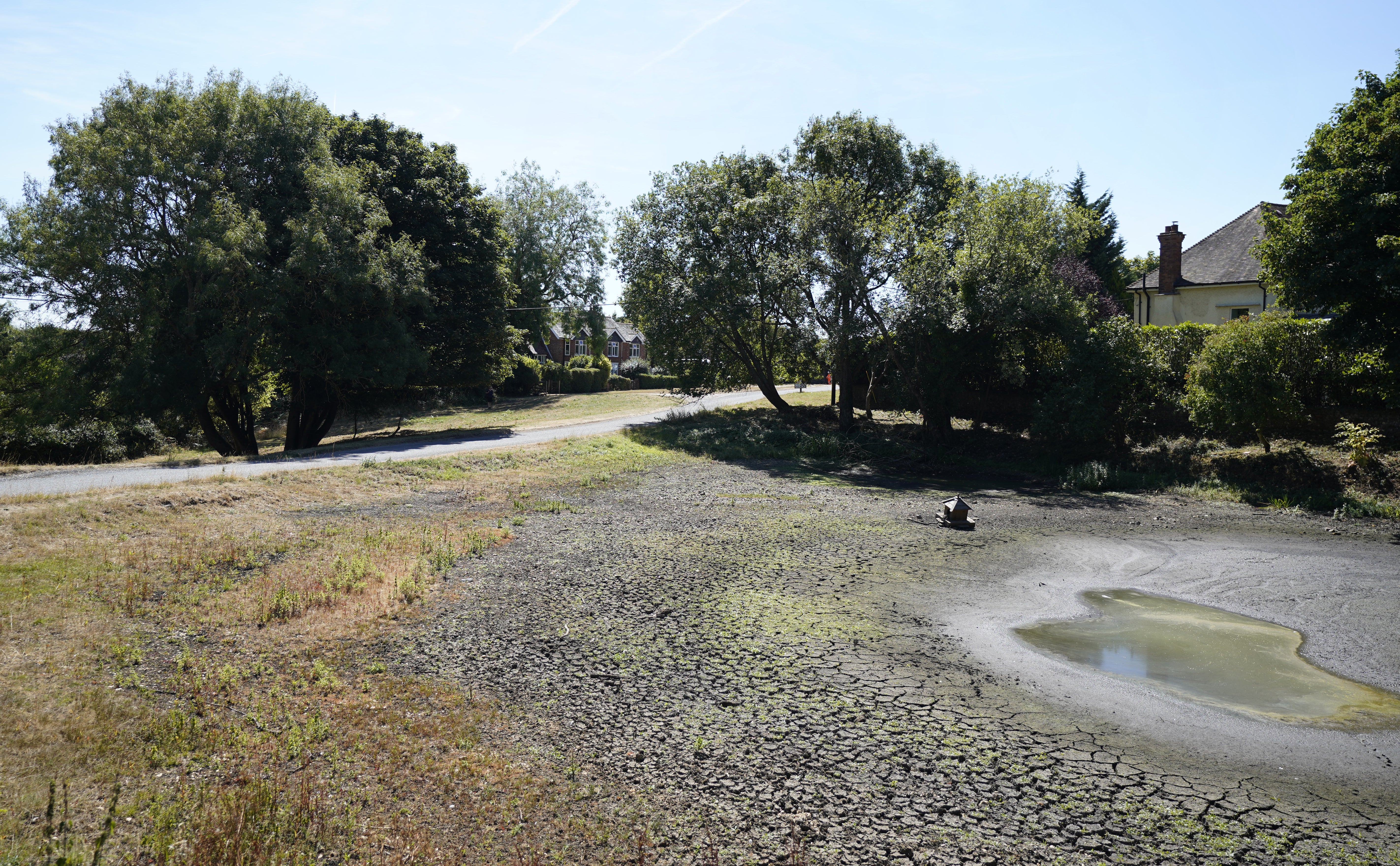Positive E.coli test at reservoir left Oxfordshire village without water
Positive samples of the bacteria were found in Stokenchurch reservoir by Thames Water.

Your support helps us to tell the story
From reproductive rights to climate change to Big Tech, The Independent is on the ground when the story is developing. Whether it's investigating the financials of Elon Musk's pro-Trump PAC or producing our latest documentary, 'The A Word', which shines a light on the American women fighting for reproductive rights, we know how important it is to parse out the facts from the messaging.
At such a critical moment in US history, we need reporters on the ground. Your donation allows us to keep sending journalists to speak to both sides of the story.
The Independent is trusted by Americans across the entire political spectrum. And unlike many other quality news outlets, we choose not to lock Americans out of our reporting and analysis with paywalls. We believe quality journalism should be available to everyone, paid for by those who can afford it.
Your support makes all the difference.Dozens of homes in an Oxfordshire village were left without water after E.coli was found in a nearby reservoir.
Positive samples of the bacteria were found in Stokenchurch reservoir by Thames Water, prompting disruption of its services to 68 properties in Northend.
Low water pressure and lack of supply meant the homes had to be supplied with bottled water by Thames Water, while residents had tankers parked outside their houses to ensure continued supply.
The firm said E.coli was found in two samples in one half of the Stokenchurch reservoir on Friday and Sunday last week as part of a routine water quality sampling process.
To protect customers, Thames Water said it shut the affected half of the reservoir to the water mains and used another water plant in Chinnor to maintain local supplies.
The company has also notified the UK Health Security Agency (UKHSA) and the Drinking Water Inspectorate (DWI).
Radiologist Gina Brown, 57, who moved her mother, 83, who has arthritis, and father, 97, into an annexe by her house in Northend so they could be closer to her, said the issues with water in the area made her question whether that was the right decision.
Dr Brown told the PA news agency: “I think it’s the worry about how my parents are going to manage, because I brought them here to live with me, to build the annexe to keep them safe.
“And I feel like I’ve, you know, brought them here, and almost in some ways made it worse for them.
“Because they, they have been put in a situation where they weren’t before, where they did have access to water and everything was fine.”
Dr Brown said she has had to repeatedly boil kettles and “lug” the boiling water upstairs to wash herself.
She told PA: “It was very laborious, it took far longer than it should have. And quite frankly, lugging kettles of hot water up and down the stairs to be able to have a wash isn’t the easiest thing.
“And then if you imagine my elderly parents trying to do that, I wouldn’t recommend that they should be carrying kettles, hot water, up and down.
“Nor can they even lift the two kilogramme bottles of water that they were supplied with. They couldn’t flush the toilet. My dad is housebound. So what are they to do?”
A Thames Water spokesperson apologised for the disruption in Northend and said the reservoir had been disinfected.
The spokesperson said: “We take anything associated with public health very seriously indeed. We believe the failed samples may be linked to a recently installed sample pump at the reservoir and not the actual water supplied to customers.
“We took the additional precaution of taking samples downstream of the reservoir and all samples came back clear.
“As the protection of water quality is always our first priority we conducted an internal inspection of the reservoir, which identified no significant defects, and also carried out additional precautionary work to ensure the integrity of the reservoir.
“We have disinfected the reservoir prior to returning it to service as well as ensuring that two further clear samples have been taken, all in line with our normal procedures.
“We would like to reassure our customers that there has been no risk to public health.”